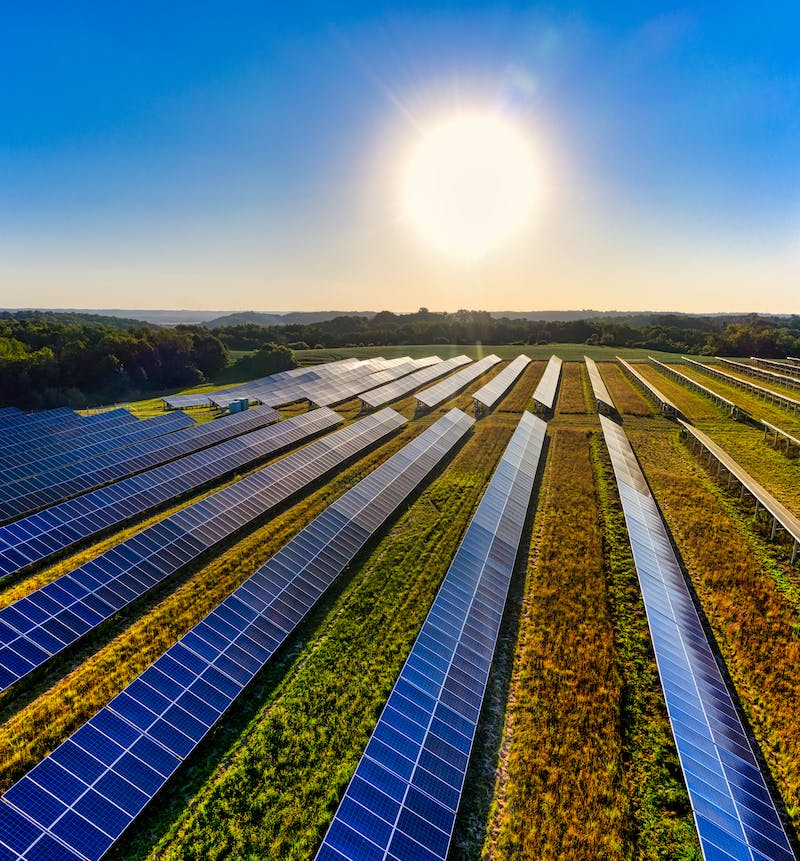A solar generator is a portable power generation system that uses solar panels to convert sunlight into electrical energy. The electrical energy generated by the solar panels is stored in a battery, which can then be used to power electrical devices or charge other batteries.
Solar generators typically consist of solar panels, a battery, a charge controller, and an inverter. The solar panels are used to convert sunlight into electrical energy, which is then stored in the battery. The charge controller is used to regulate the charging of the battery, ensuring that it is not overcharged or undercharged. The inverter is used to convert the stored DC (direct current) energy from the battery into AC (alternating current) energy, which is the type of energy that is used to power most electrical devices.
Solar generators come in a variety of sizes and capacities. Solar generators can be used in a variety of applications, including camping, RVing, tailgating, power outages, and off-grid living,from powering small devices like phones and laptops to powering homes and businesses. They can also be used as backup power systems for homes and businesses. Solar generators are often preferred over traditional generators because they are clean, quiet, and do not produce emissions.
In summary, a solar generator is a portable power generation system that uses solar panels to convert sunlight into electrical energy, which is then stored in a battery and can be used to power electrical devices. Solar generators are a popular alternative to traditional gasoline or diesel generators because they are clean, quiet, and do not produce emissions, making them an attractive alternative to traditional generators in many applications. They are also portable and can be used in remote locations where access to a power grid is not available.

Post time: Mar-07-2023

